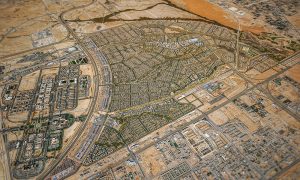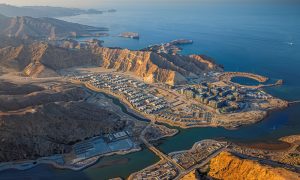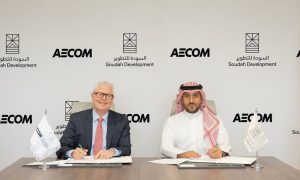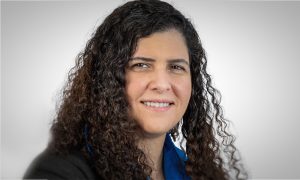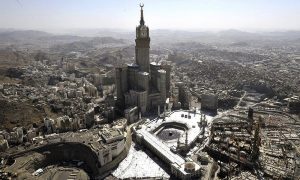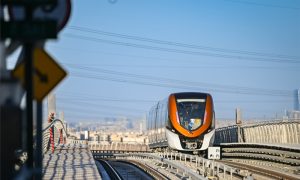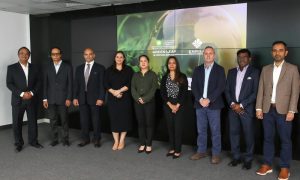Cundall’s Kavita Kumari on sustainability ratings in the region
Expert voice on sustainable practises in the built-environment and how to attain higher sustainability ratings for buildings
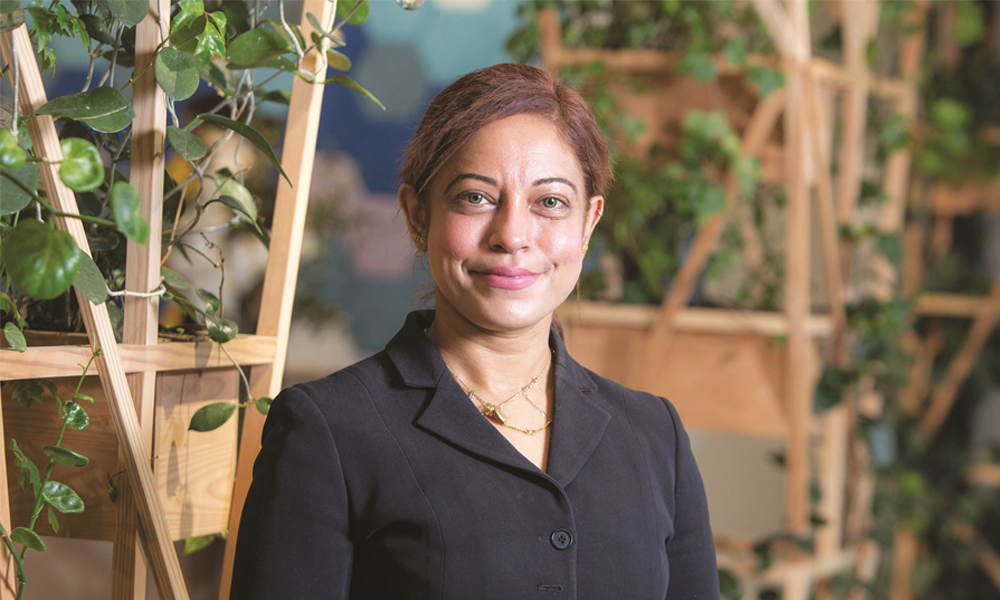
Kavita Kumari, Sustainability and Health & Wellbeing Principal at Cundall, is a mechanical engineer who became a sustainable design consultant in 2007 to pursue her passion. MECN chats with Kumari to understand how the region adheres to sustainability standards in the built-environment and the new regulations that are undertaken in the region.
Are clients having a change in mindset with regards to sustainability in the recent years?
We have noticed a significant change in mindset with regards to sustainability in the recent years, especially in the last two years in the UAE. Clients have become more proactively curious yet interested to find out what sustainability means in the UAE and to them. We’ve noticed that in the increased queries, market uptake and appetite for sustainable and health, and wellbeing in the built environment. We see this with the new DEWA regulations for PV and the Expo 2020 commitment to achieving LEED Gold.
What are some practises to attain higher sustainability ratings in a building?
Simple practices like having PV panels and using LEDs are energy efficient and reduces CO2 emissions in a building. This return contributes to higher number of energy credits and therefore attain higher sustainability ratings and credentials. Reducing dependency on fossil fuels and helping the region in diversifying the energy sources is a good start, and UAE’s commitment to COP 21 showcases a positive attitude to a carbon continuous future and passive designs methods.
Does a building have the same sustainability standards post-construction and are there any regulations to keep track of this?
The UAE market is evolving quickly to try and tackle the same sustainability standards throughout a building’s life cycle- post construction/completion, but as in all other countries, this requires the industry to catch up to the needs of upgrading the existing building stock. There have been recent positive initiatives such as the Emirates Green Building Council’s Technical Guidelines for Retrofitting Existing Buildings, which has been taken to encourage more effective post-retrofit maintenance, efficiency and preventive care. We are also finding UAE developers upgrading their properties to improve general building sustainability and making sure that properties are future-proofed, improving indoor environmental quality at the same time.
Does Estidama offer a more integrated approach to sustainability and how is the UAE government contributing to more sustainable practices?
With Estidama being re-ignited, the governments have realised that this rating tool offers a more integrated approach to regional focused sustainability methods in comparison to the US-centric LEED criteria.
The UAE government is also actively promoting the Al Sa’fat Rating Scheme in Dubai, which complements the Dubai Municipality Green Building Regulation which give buildings the framework to target a more sustainable design and construction approach. This is a great way of ensuring developers and contractors know and understand the local market.
Despite it being early days for Al Sa’fat system, we can see a big shift in projects planning towards locally sourced produce, materials as well as incorporating solar energy into the design, which is the most powerful natural resource of energy for this region. They’ve come to realise that UAE has a lot of untapped natural resources that can help to reduce dependency on fossil fuel and become a self-sufficient country.
What are the different ways in which a building can be more ‘green’?
There are several features which can make a building ‘green’. These include:
- Efficient use of energy, water and other natural resources;
- Use of renewable energy, such as solar and wind energy;
- Pollution and waste reduction measures, and the enabling of re-use and recycling;
- Good indoor environmental air quality;
- Use of materials that are non-toxic, ethical and sustainable;
- Consideration of the environment in design, construction and operation;
- Consideration of the quality of life of occupants in design, construction and operation
- A design that enables adaptation to a changing environment.
A ‘green’ building is a building that, in its design, construction or operation, reduces or eliminates negative impacts, and can create positive impacts, on our climate and natural environment. Green buildings preserve precious natural resources and improve our quality of life.
What has been the impact of building regulations and codes on the way buildings are being constructed and operated?
Understanding the impact of building regulations and local codes can guide the way a building is being designed, constructed and operated. Newer regulations are encouraging a shift towards smarter and healthier buildings and cities, for example, the upcoming futuristic Expo 2020. Another very encouraging initiative is DEWA’s recent ability to connect solar energy generators to DEWA’s power grid, which means smarter infrastructure is provided, ensuring that smart metering is also integrated into the system.
Although, it is not only the regulations that are pushing the change, but critical climate condition and scarcity of natural resources are encouraging us to evolve our approach to how we design and build our environment. From a consultancy point of view, we must continually drive to eliminate greenhouse gas emissions associated with the construction, operation, maintenance, and end of life of built assets – which currently sits at over 39% of all carbon emissions emitted globally. This is something we have the skills, knowledge and technology available now to solve. Developers should be asking for zero carbon solutions and designers have the responsibility to provide them, even if their client isn’t asking for it.
